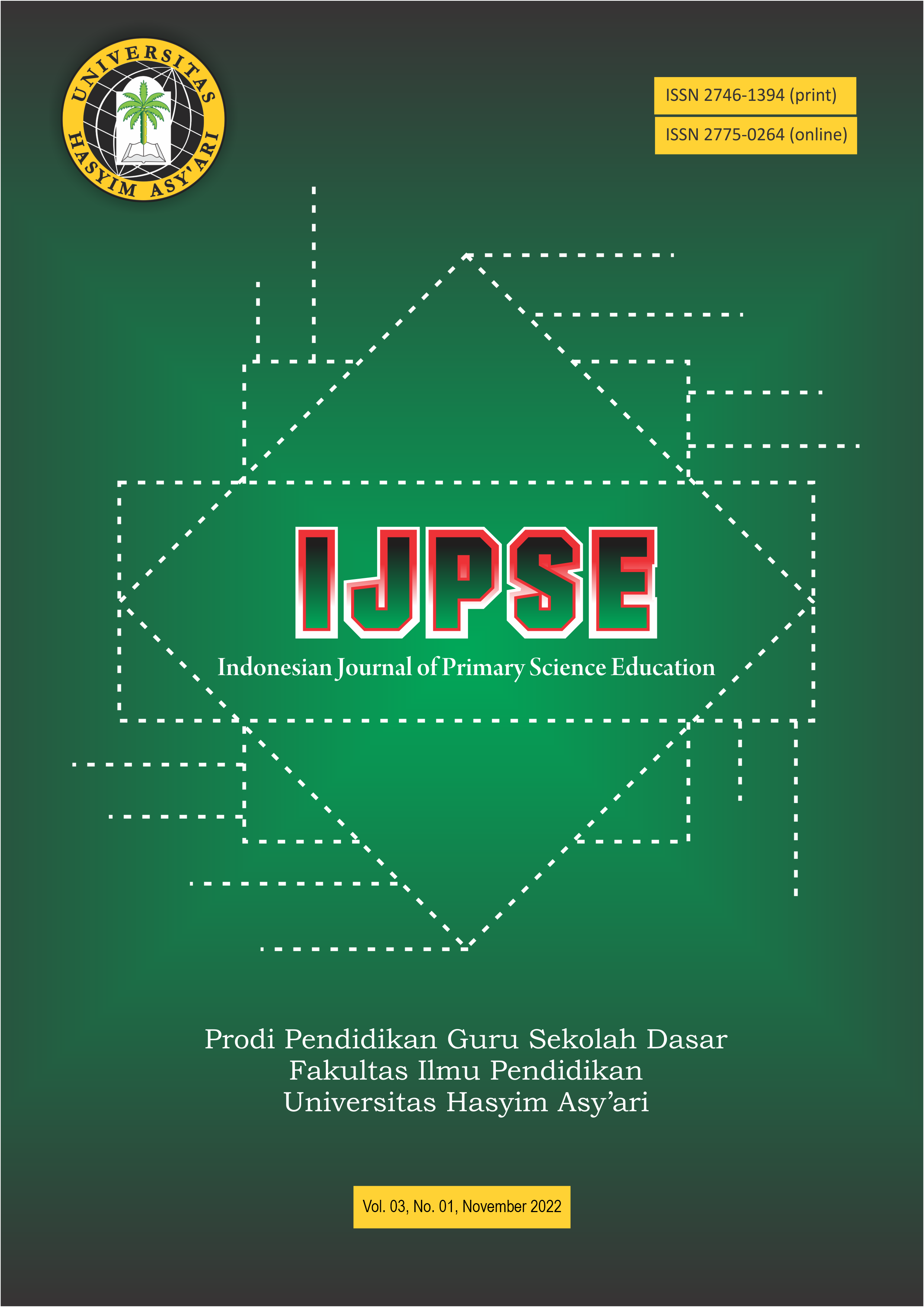The Implementation of Interactive Multimedia on Critical Thinking Skills in Social Studies Learning for Elementary School Students
DOI:
https://doi.org/10.33752/ijpse.v3i1.3319Keywords:
Interactive Multimedia,, Social Studies,, Critical ThinkingAbstract
This study aims to implicitly analyze the use of interactive multimedia to improve critical thinking skills of elementary school students in Social Studies to face the era of society 5.0. This study uses a qualitative research method with a literature study research design. The steps taken by the researcher were initiated by formulating the research problem, then continued by tracing the relevant research results for analysis. Data was collected by searching electronic journals and studying documentation in the library. Based on the search results obtained research data from five electronic journals. Data analysis was carried out by summarizing, reviewing, and analyzing research data from several empirical research results. Based on the results of the analysis, it turns out that the use of interactive multimedia can improve learning outcomes with the results obtained by 23.33% and 38.1%, respectively. Interactive multimedia can also improve learning outcomes in Social Studies material with a yield of 7.8%. Interactive multimedia can also encourage students to think critically with 6% of the results. So that the critical thinking process will make it easier for students to realistically understand the Social Studies material for elementary school students with a result of 10.25%.









